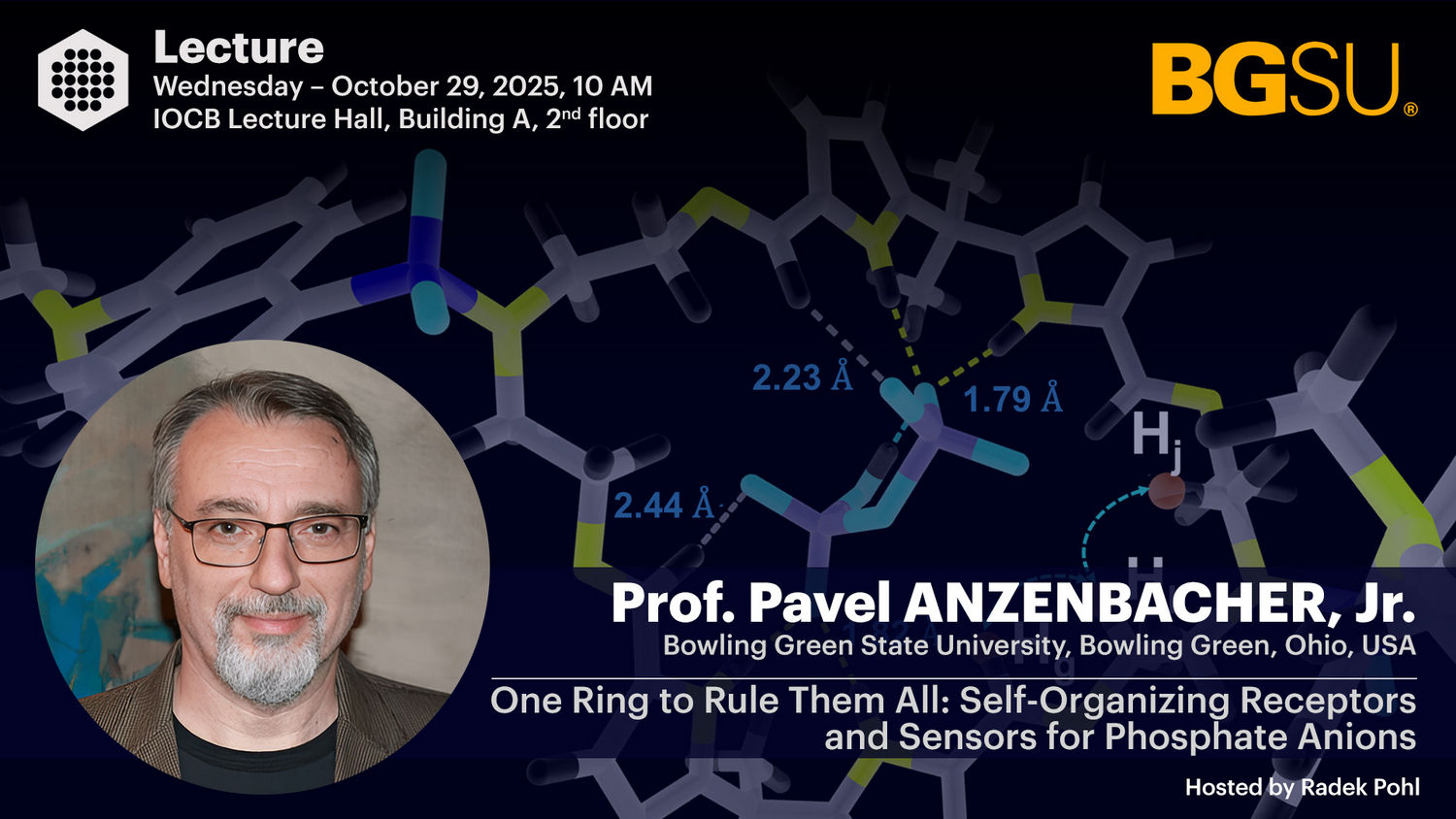
One Ring to Rule Them All: Self-Organizing Receptors and Sensors for Phosphate Anions
Abstrakt
In this talk, we will discuss our recent efforts focused on the design of self-organized receptors and sensors. Chemical sensors generate analyte-specific information originating from binding and signal transduction events. In the past, the leading theory for the design of receptors and corresponding sensors was the lock & key theory, inspired by the specific interaction between the enzymes and substrates. This approach, while perhaps the most appropriate for sensing small amounts of analytes of strategic importance, has key limitations: Each analyte requires a selective sensor (one-for-one limitation) and cannot address unknown analytes or “close matches” (cannot extrapolate). To overcome this limitation and the hardship associated with synthesizing selective sensors, array-based sensors comprising multiple cross-reactive (less selective) sensor elements are used. Conventional wisdom suggests that such arrays, because of the “lower recognition quality (selectivity)” of the sensors, should be composed of a larger number of such sensors forming the array. In this presentation, we will examine if this assumption is correct and the avenues to escape the “one-for-one” limitation. Specifically, we will explore methods for the design of a sensors capable of differentiation of many phosphate-type analytes. We will also look into fundamentals of host-guest association and discuss the role of Enthalpy and Entropy in molecular association in aqueous media and the role Enthalpy-Entropy Compensation as it informs molecular design of artificial receptors.



